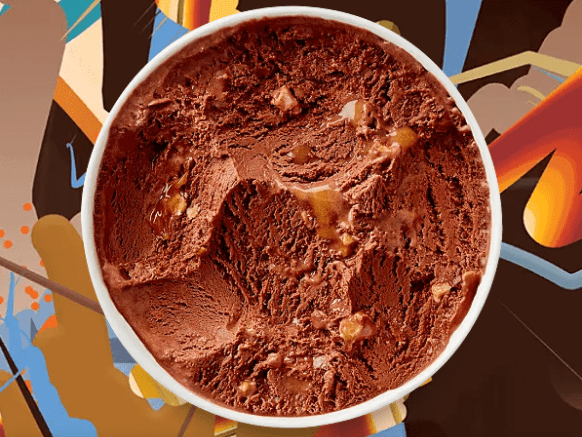Ice cream imports to Mexico were 26,030 tons in 2023, a year-over-year increase of 10.5 percent.
However, this amount, estimated by Trade Data Monitor, is below pre-Covid-19 pandemic levels.
In 2019, ice cream imports to the Mexican market totaled 26,242 tons.
Although it is consumed practically everywhere in the country, Mexicans concentrate ice cream consumption in cities and in the warmer months of the year.
At the same time, tourists are another important source of consumption in Mexico, which ranked sixth in the world in terms of foreign tourists.
Ice cream imports
Ice cream parlors in Mexico sell everything from traditional vanilla, chocolate, strawberry and lemon flavored ice creams, to exotic ones such as chapulin (that’s right, it’s spelled correctly), tuna, nopal, mole and tequila with lemon.
Now, there are ice cream parlors in the country that sell premium ice creams such as Helados Cometa, Dolce Frío, Santa Clara, Häagen-Dasz, Helados Toscano and Roxy Ice Cream.
According to the U.S. Department of Agriculture (USDA), the ice cream trade in Mexico is less profitable now than it was 10 years ago, so much of the current trade is between transnational companies or one-off business opportunities.
Here are three statistics about Mexico:
- Ice cream, frozen desserts and popsicles are regularly purchased by seven out of 10 households in Mexico, especially those with children.
- Each year, an average household buys three liters of ice cream.
- Per capita consumption of ice cream in Mexico is 1.5 liters per year.
Main supplier
Of Mexico’s total ice cream imports last year, 25,634 tons originated in the United States and the remaining 396 tons came from France.
According to Lick Ice Cream, the U.S. ice cream production market was valued at 10.6 billion dollars in 2022.
As a popular U.S. dessert and summer snack, ice cream producers and other frozen novelties, including national brands and local stores, produce a wide range of ice cream flavors, add-ins, alternatives (non-dairy products) and delivery methods (cones, pints, bars, sandwiches) in order to meet the different taste preferences of their consumers.

